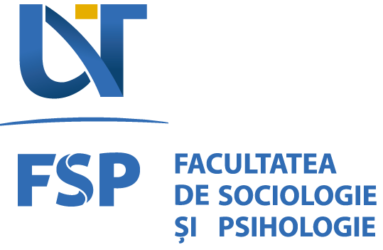Two factor authentication are crucial components of a secure security infrastructure. They can reduce the chance of malicious insider attacks or accidental data breaches, and help ensure regulatory compliance.
Two factor authentication (2FA) is a procedure where a user must enter a credential in two categories to be able to log into their account. This could be something that the user knows (passwords PIN codes, passwords security questions) or something they have (one-time verification code sent to their mobile, or an authenticator application) or something they are (fingerprints, face, or retinal scan).
Most often, 2FA is a subset of Multi-Factor Authentication (MFA) which includes more than two. MFA is a requirement in certain industries such as healthcare banking, ecommerce, and healthcare (due to HIPAA regulations). The COVID-19 virus pandemic has also raised the importance of security for companies that require two-factor authentication.
Enterprises are living organisms and their security infrastructures are always evolving. Access points are added every day, users switch roles and hardware capabilities are constantly evolving. complex systems enter the fingertips of everyday users. It is important to review your two-factor authentication plan at scheduled intervals to make sure that it’s up to date with these changes. One way to do this is to use adaptive authentication. This is a form of contextual authentication that will trigger policies based on https://lasikpatient.org/ how it is used, when and when a login request is received. Duo offers an administrator dashboard that lets you easily monitor and manage these types of policies.
